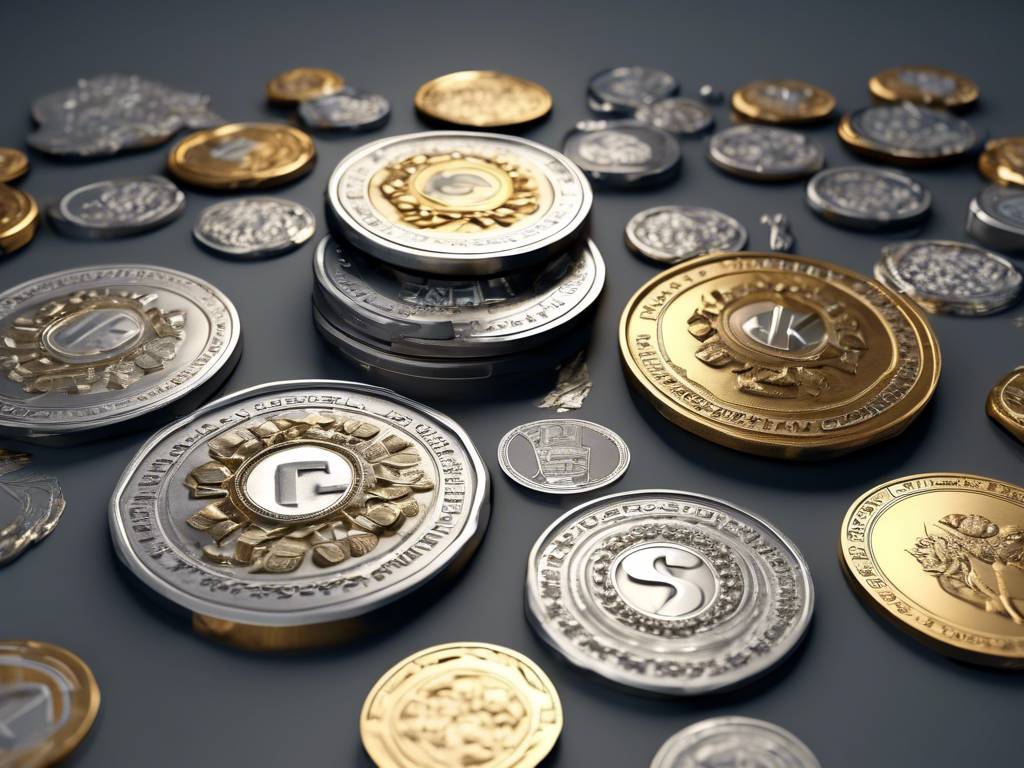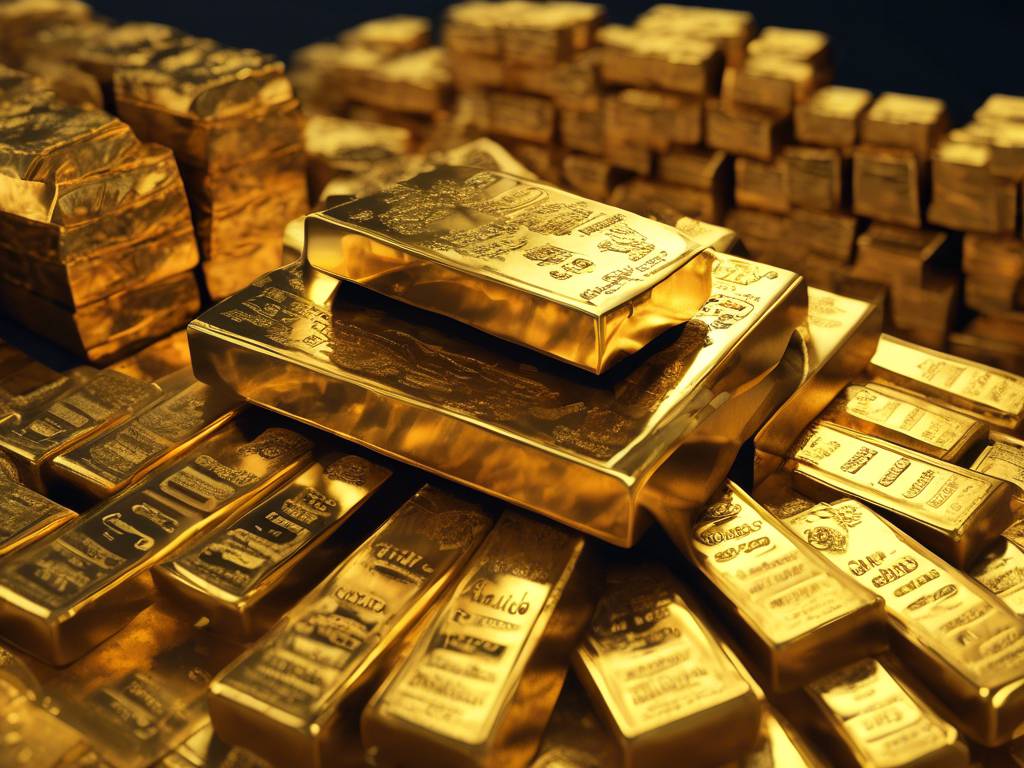The Role of Metal Coins in Economic Systems
Welcome to this article on the fascinating world of metal coins and their role in economic systems. Have you ever wondered why metal coins have played such a significant role throughout history? 🤔 In this article, we will explore the various functions and importance of metal coins in economic systems. So, grab a cup of coffee ☕️ and let’s dive in!
1. A Medium of Exchange
One of the primary functions of metal coins is their role as a medium of exchange. Coins have been used for centuries as a convenient way to facilitate transactions. Think about it: imagine trying to purchase goods or services without any form of currency. It would be incredibly challenging, wouldn’t it? 💸
Coins, made from metals such as gold, silver, or copper, are universally recognized and accepted as a means of payment. Whether you are buying groceries at your local market or trading goods with someone from a different culture, coins provide a common language for trade.
Did you know? The Lydians, an ancient civilization in what is now modern-day Turkey, were the first to introduce coinage around 600 BC.
2. Store of Value
Another crucial function of metal coins is their ability to act as a store of value. Unlike perishable items or even paper money that can deteriorate over time, metal coins have an inherent durability that allows them to retain their value for extended periods.
For example, gold and silver coins have been cherished throughout history due to their scarcity and resistance to corrosion. These precious metals hold intrinsic value and can be easily stored or transported, making them an ideal form of wealth preservation.
Fun fact: Did you know that the British pound sterling was originally a pound weight of sterling silver? This is why the currency is called “pound”!
3. Unit of Account
In addition to being a medium of exchange and a store of value, metal coins also serve as a unit of account within economic systems. They provide a standardized measure for determining the value of goods and services.
Imagine a world without a common unit of account. Every time you wanted to purchase something, you would have to negotiate the value of the item in terms of an arbitrary measurement. Metal coins eliminate this complexity by offering a universally recognized unit that simplifies transactions.
4. Symbol of Authority
Metal coins have often been used as symbols of authority and power. Throughout history, rulers and governments have minted coins bearing their likeness or emblems to assert their control over the economy.
By having their image stamped onto currency, leaders reinforce their authority and ensure their influence reaches every corner of their realm. These coins act as tangible reminders of who holds the reins of power.
Frequently Asked Questions (FAQs)
Q: Are metal coins still widely used today?
A: While metal coins are not as prevalent in everyday transactions as they once were, they still play an important role in many economies worldwide. They are particularly popular in countries with less developed financial infrastructures or where digital payments are not readily accessible.
Q: Are cryptocurrencies like Bitcoin replacing metal coins?
A: Cryptocurrencies have gained popularity in recent years, but they have not completely replaced metal coins. While cryptocurrencies offer certain advantages such as instant global transactions, metal coins continue to be valued for their tangibility and historical significance.
Q: Are metal coins made from valuable metals like gold or silver?
A: Not all metal coins are made from valuable metals. In modern economies, most coins are made from cheaper metals like copper, nickel, or zinc alloys. However, precious metal coins are still produced for collectors and investors.
Q: How are metal coins produced?
A: Metal coins are typically produced through a process called minting. First, the desired metal is melted and then shaped into flat sheets. These sheets are then cut into round blanks, which are subsequently stamped with the coin’s design using specialized machinery.
That concludes our exploration of the role of metal coins in economic systems. We hope you found this article informative and engaging. Next time you hold a coin in your hand, take a moment to appreciate its significance beyond its monetary value! 💰





 By
By
 By
By


 By
By
 By
By